
06-20-2002, 10:13 PM
|
|
CC Member

|
|
|
Join Date: May 2002
Location: San Francisco CA,
Posts: 525
|
|

 Not Ranked
Not Ranked
 forged vs. cast
forged vs. cast
The debate over forged vs. cast cranks has been waged for years.
In general, a good cast nodular iron is more than adequate for a hot street/track car, and in some cases it is actually better. A cast crank is very rigid and stable. This is an advantage, up to the point that the crank reaches it's maximum stress point. This is where the rigidness becomes a disadvantage. Imagine a dry tree branch. When you attempt to bend it, it is firm, firm, firm, then SNAP, it breaks. Now imagine a green (wet) tree branch. When you attempt to bend it, it gives much easier than the dry branch but it will not snap unless it is REALLY bent. That is why a forged crank can handle more long term stresses, because it gives and flexes slightly when stressed. Aforged crank also slightly absorbs torsional vibrations that will break down a cast crank. Let's take a 427 FE engine for an example. A 390 crank has the same stroke as a 427 and weighs about 17 lbs less. As long as the crank is not over-stressed with big nitrous oxide hits, a superchager or extended high RPMs the 390 cast crank is lighter and more rigid than the 427 steel crank. The really trick Super Stock drag racers use 390 cranks instead of steel 427 cranks because they rev higher and quicker. These motors turn way in the excess of 8000 RPMs but only for 9 or 10 seconds at a time. The best combo for a hot street/track motor would be to use the money you would spend on a steel crank and buy some lightweight aftermarket rods and custom pistons (JE, Weisco, Ross etc.) The lighter weight of these parts would make a cast crank's max stress point move farther up the RPM band. I could go on forever but I think I made my point!
HTH,
Mike
__________________
They bend 'em, we mend 'em.
|




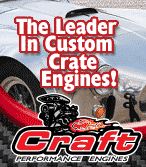
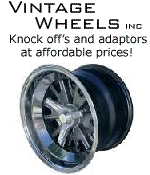

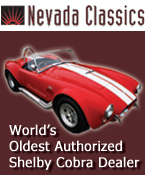
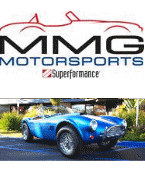
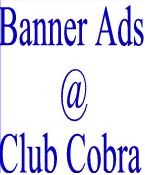


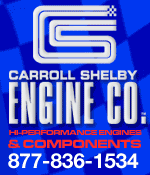






 Linear Mode
Linear Mode



